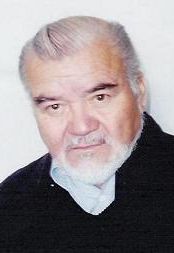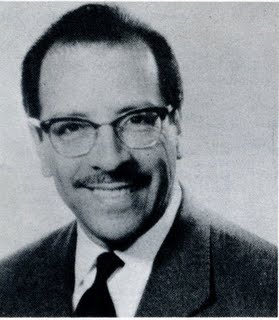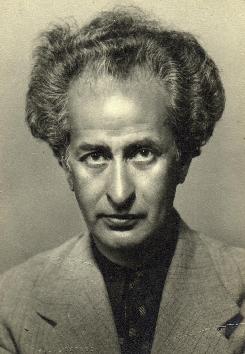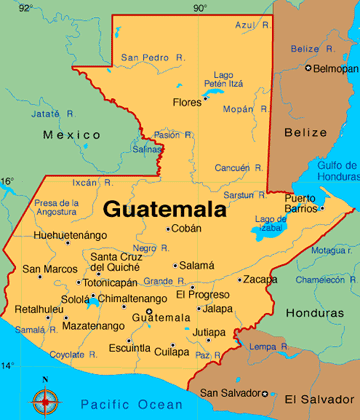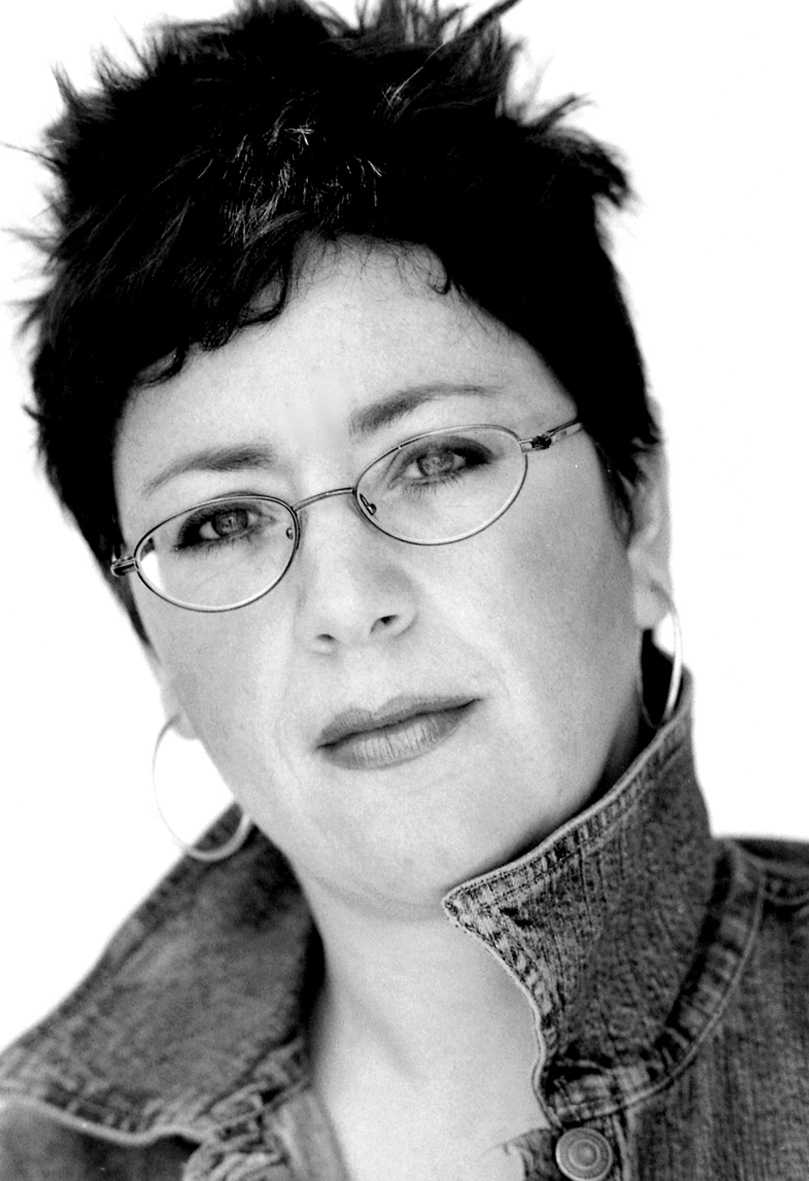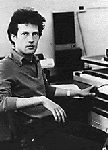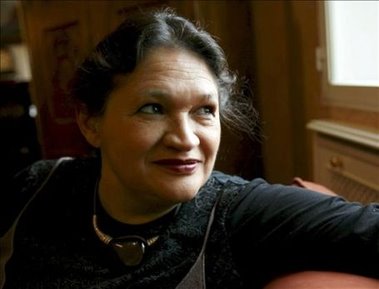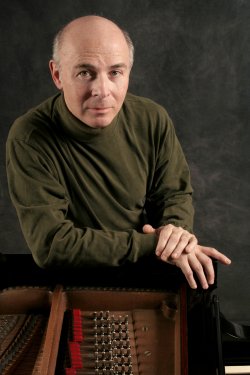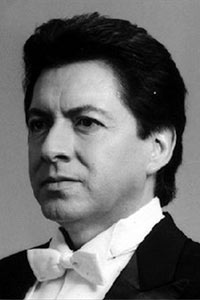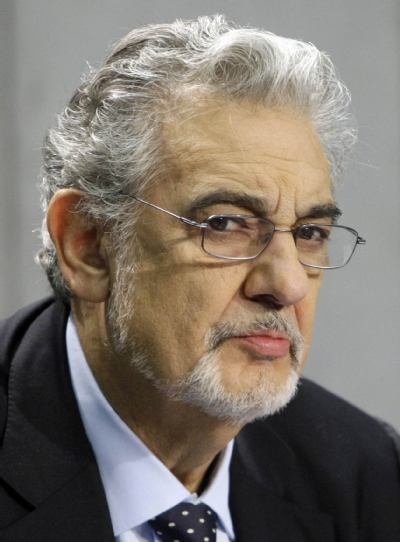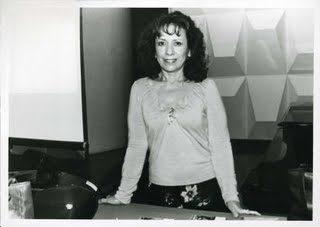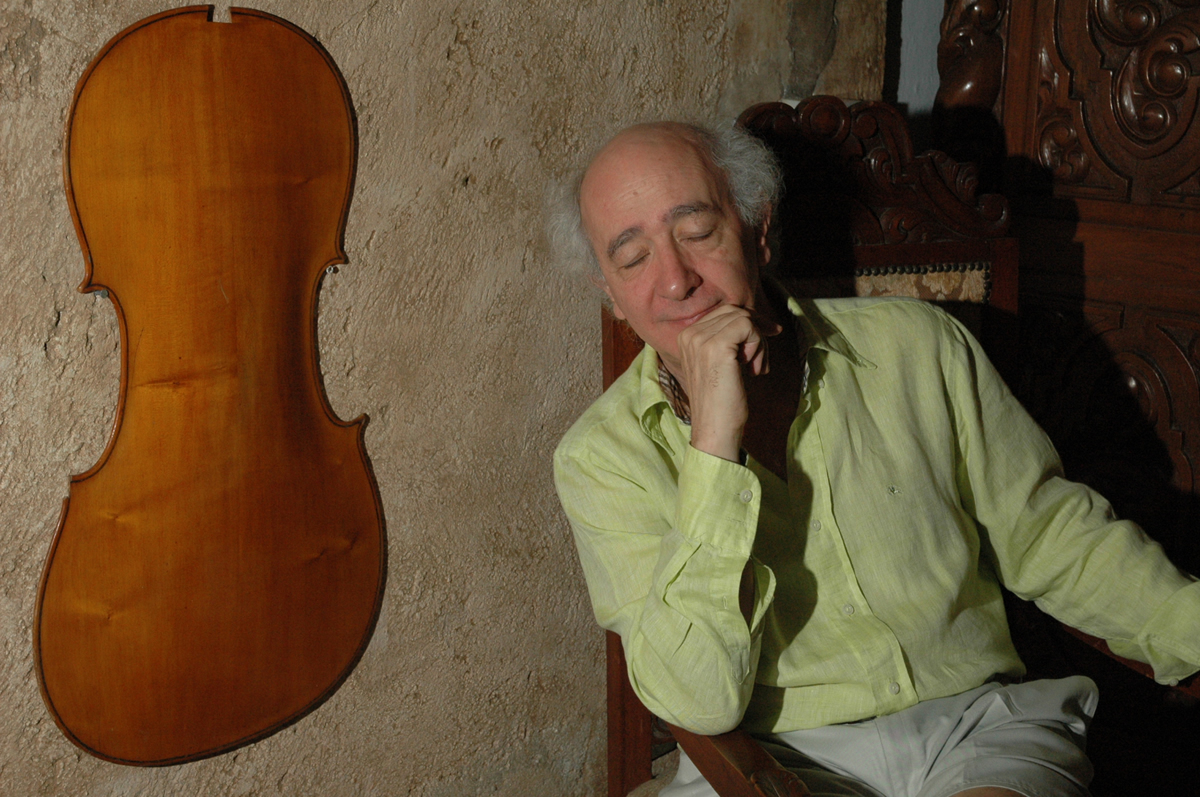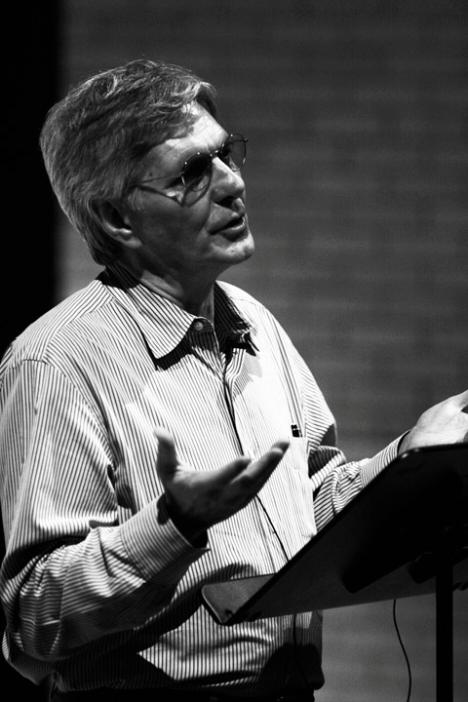
Spanish tenor who moved to Mexico in 1950 and studied the piano. Taken by his family to Mexico in 1950, he studied the piano, conducting (under Igor Markevich) and finally singing. In 1957 he made his début as a baritone in the zarzuela Gigantes y cabezudos. His first important tenor role was Alfredo in Monterrey, Mexico, in 1961, the year he made his American début as Arturo (Lucia di Lammermoor) in Dallas. From 1962 to 1965 he was a member of the Israeli National Opera, singing some 300 performances of ten operas, some of them in Hebrew. In 1965 he made his New York début at the City Opera as Pinkerton and with that company in 1966 sang the title role in the first North American performance of Ginastera’s Don Rodrigo. He first sang at the Metropolitan as Maurizio (Adriana Lecouvreur, 1968), at La Scala as Ernani (1969), and at Covent Garden as Cavaradossi (1971). He made notable appearances as Vasco da Gama (L’Africaine) at San Francisco in 1972, as Arrigo (Les vêpres siciliennes) in Paris and later in New York, and as Otello in Hamburg and Paris in 1975. That year he also sang Verdi’s Don Carlos at Salzburg. In 1976 he appeared as Turiddu and Canio in a double bill in Barcelona – on one occasion singing the Prologue to Pagliacci when the baritone was taken ill; he repeated both roles at Covent Garden later that year. In 1982–3 at the Metropolitan he sang Paolo (Zandonai’s Francesca da Rimini), Aeneas (Les Troyens) and Lohengrin; his repertory has also included Hoffmann, Don José, Pollione, Edgardo, Riccardo, Radames, Chénier, Don Alvaro (La forza del destino), Werther, Puccini’s Des Grieux, Rodolfo, Calaf, Siegmund, Parsifal, Samson and several zarzuelas. He created the title role of Moreno Torroba’s El poeta in Madrid in 1980 and Menotti’s Goya in Washington, DC, in 1986.
After a career lasting more than 45 years, Domingo's voice showed little sign of decline. At the age of 60 he was still impressive in such roles as Hermann in The Queen of Spades (which he sang at the Metropolitan in 2001), Idomeneo, Siegmund and Danilo Danilowitsch (Die lustige Witwe). He added the role of Bazajet (Tamerlano) at the Metropolitan in 2008, at the age of 67. Domingo has also conducted operas on several occasions, having made his début in this capacity in La traviata at the New York City Opera in 1973; his Metropolitan conducting début was in La bohème in the 1984–5 season. In 1998 he conducted Aida at the Metropolitan, 24 hours after singing Samson there. He was appointed artistic director of Washington National Opera in 1996 and of Los Angeles Opera in 2000, with whom he is planning a Ring cycle for 2010.
Domingo is widely regarded as the leading lirico spinto tenor of the late 20th century, a consummate musician and an actor of exceptional passion. His singing is always marked by exemplary intelligence and taste. While he has undertaken a wide range of roles, he became particularly identified with Verdi’s Otello, of which he has been a wholehearted, eloquent exponent who suggested the heroic dimension of the character through force of personality. Domingo recorded this role three times (including the Zeffirelli film of 1986), and recorded almost all his other principal roles, several more than once, and appeared on many video recordings of his stage appearances (notably in the title role of the Covent Garden Andrea Chénier. All evince his thorough-going commitment, warm and flexible tone, command of line and fiery declamation. If he has not always been the most subtle of interpreters in terms of vocal colouring and shades of meaning, he has virtually never deviated from the high standards he sets himself in matters of technique and style. In 2000 Domingo was a recipient of the Kennedy Center Honors, the highest accolade for achievement in the arts bestowed in the USA. In 2002 he was made honorary KBE and Commandeur de la Légion d’Honneur.
